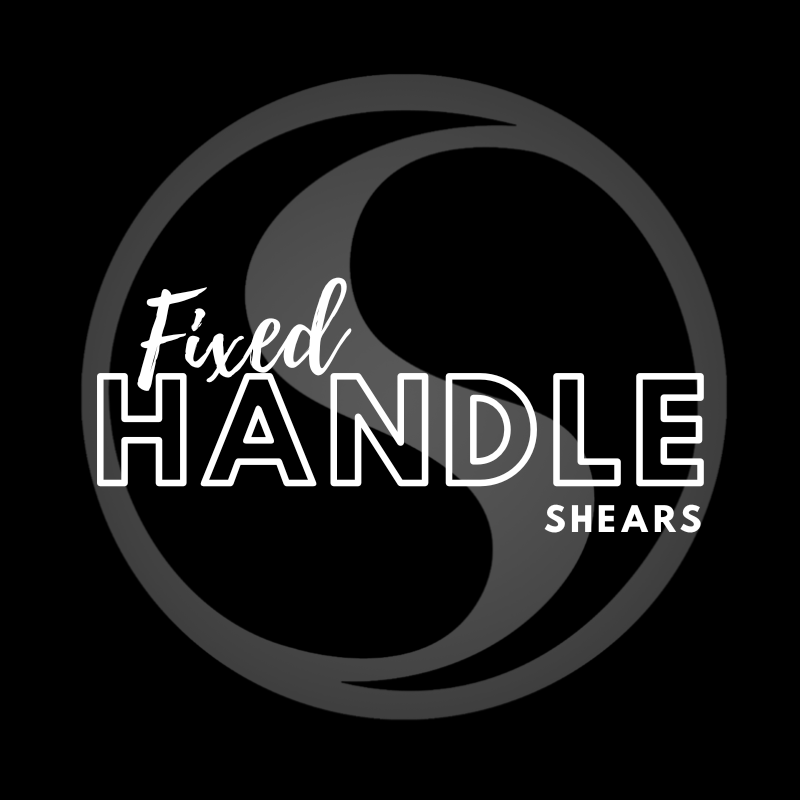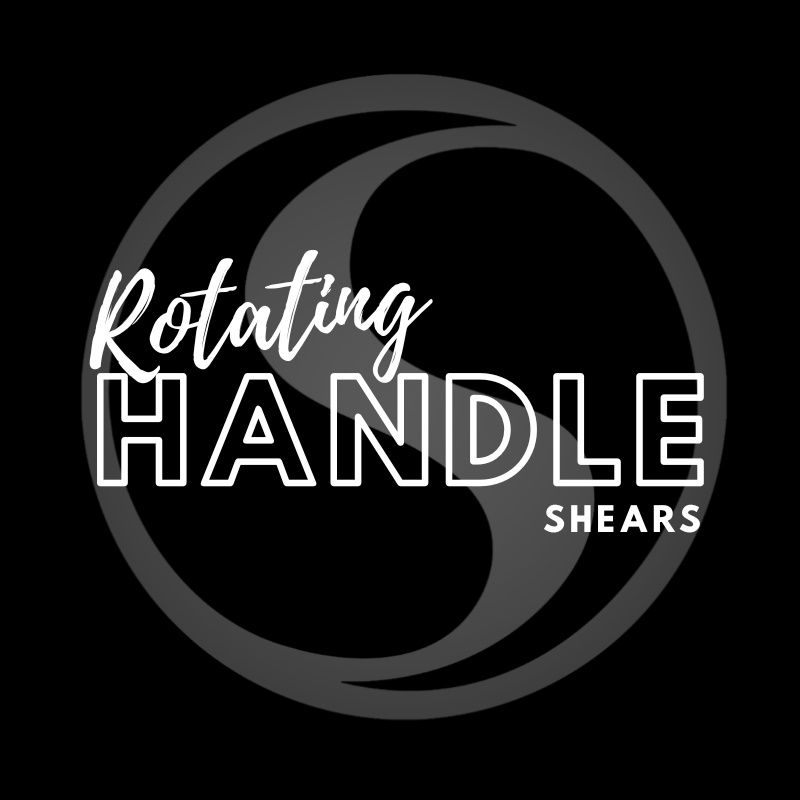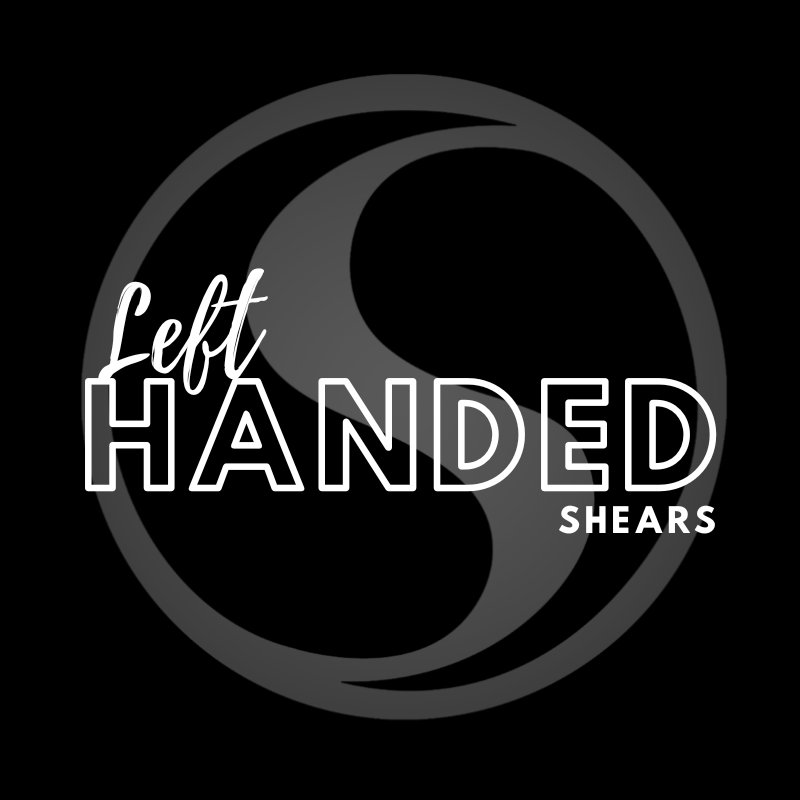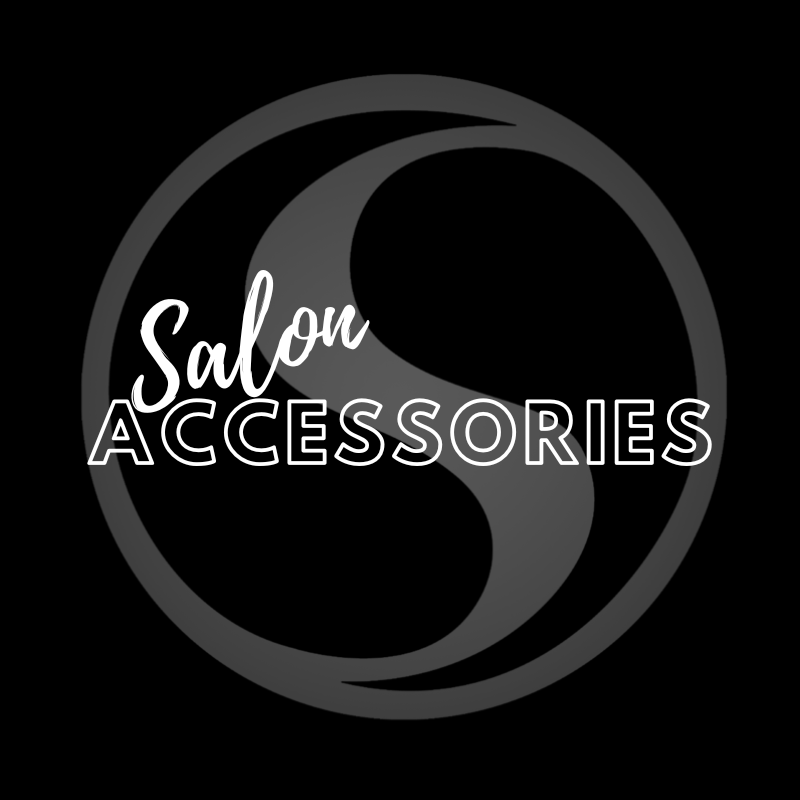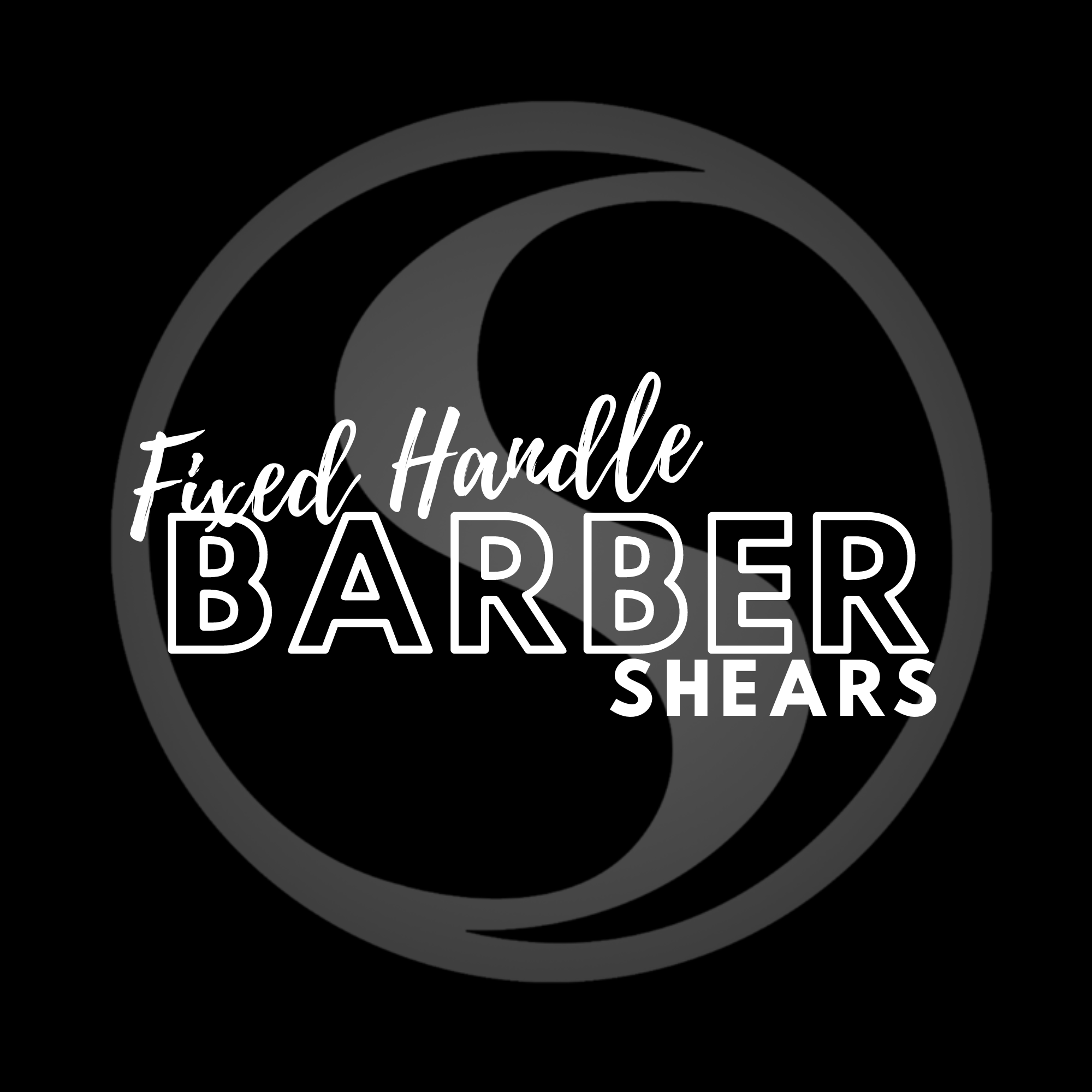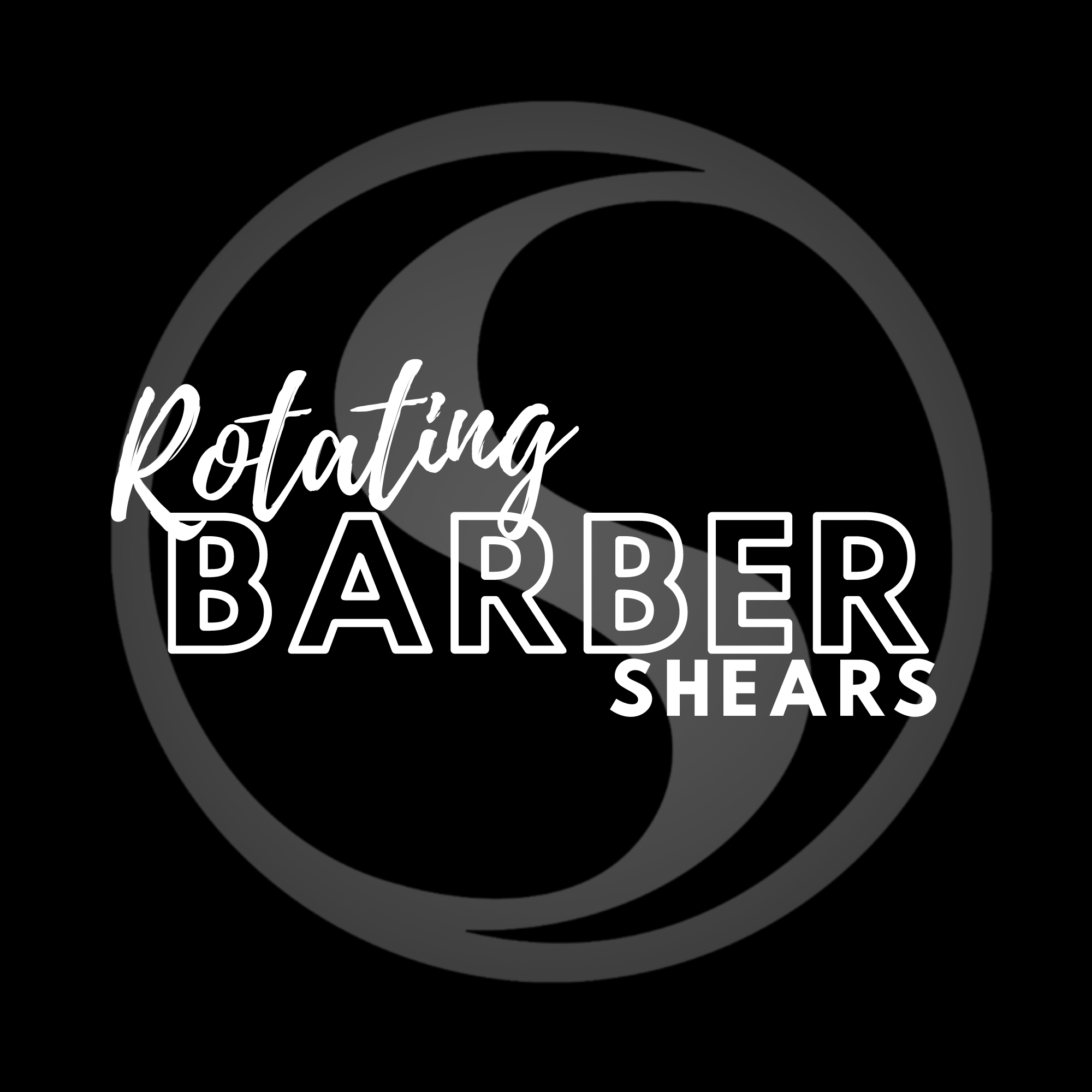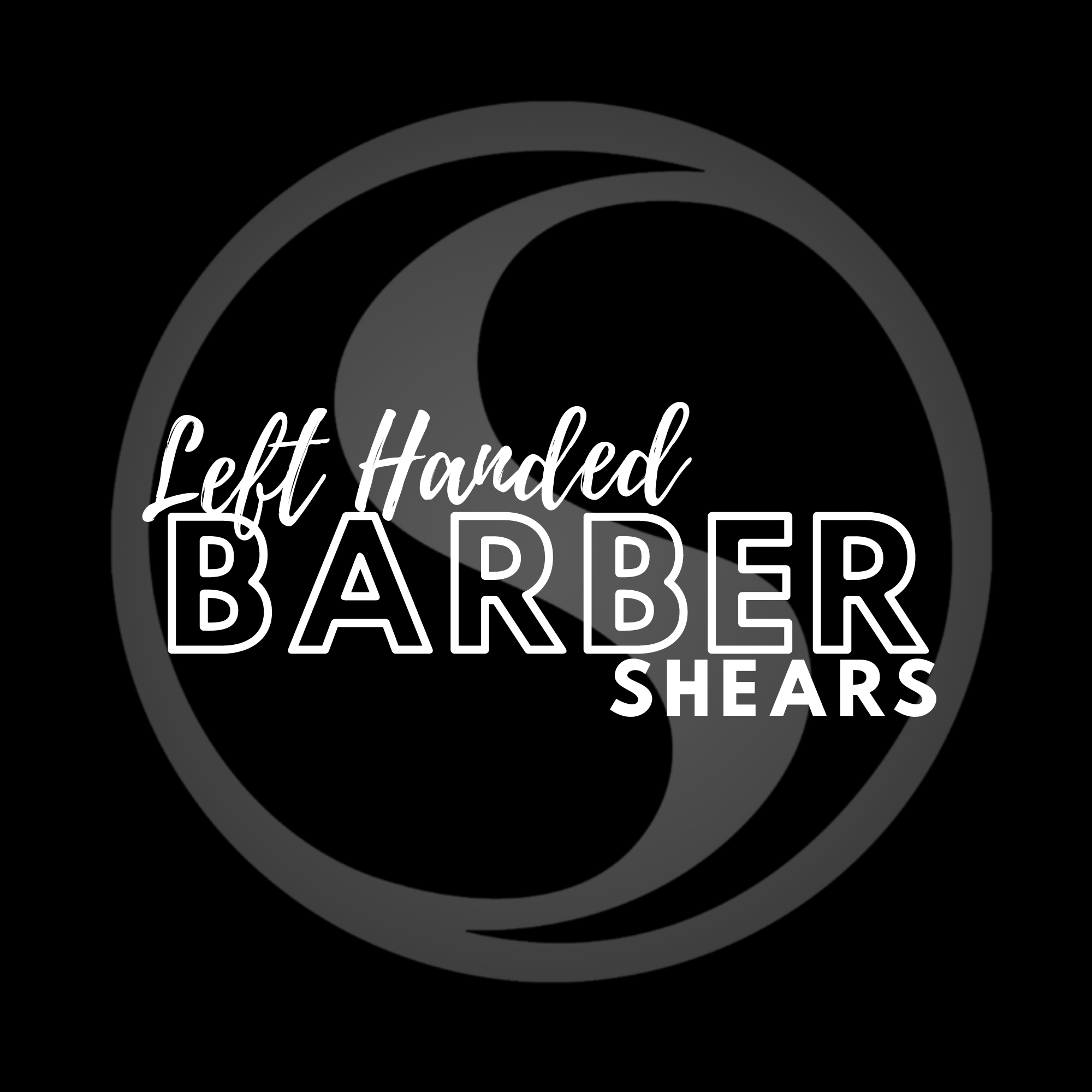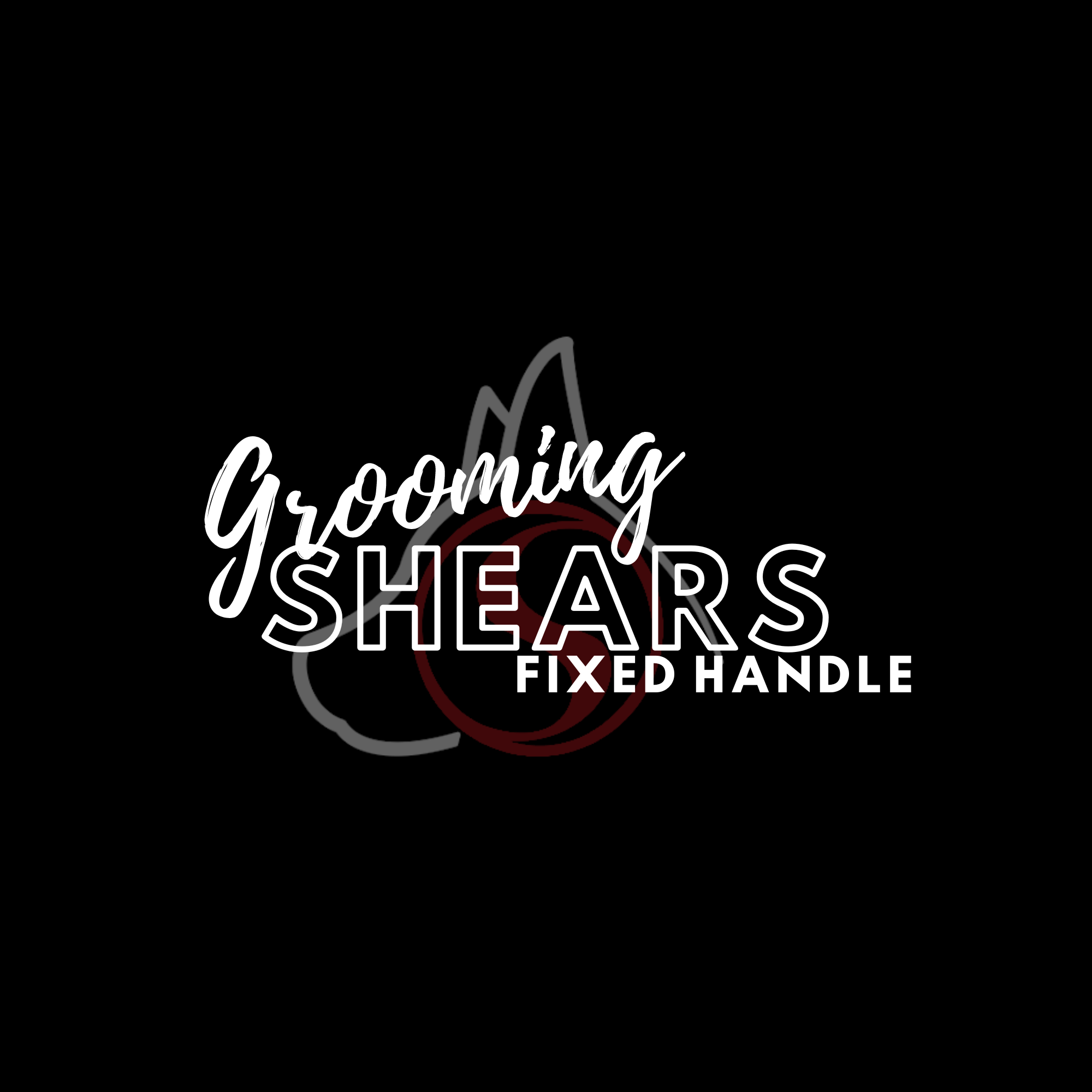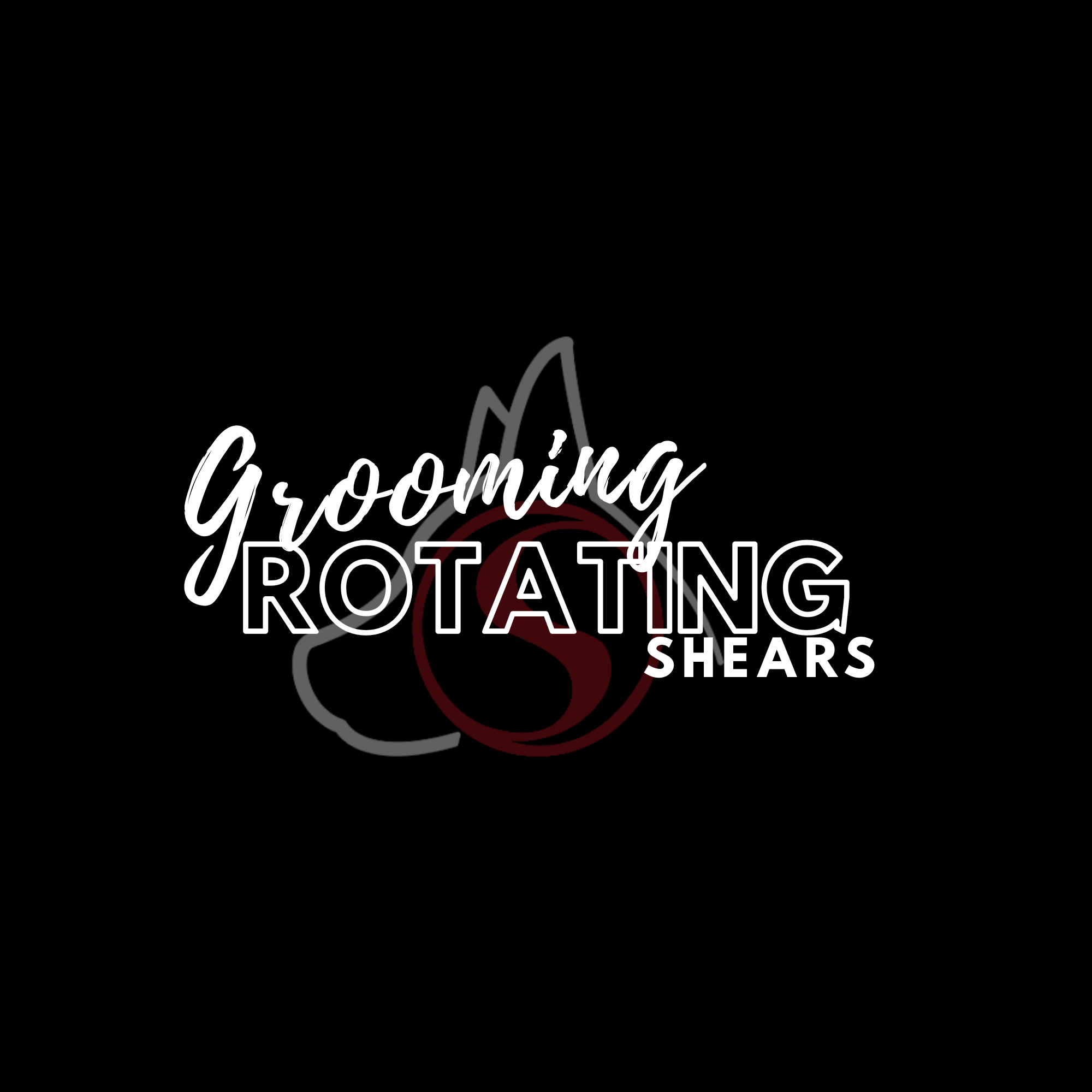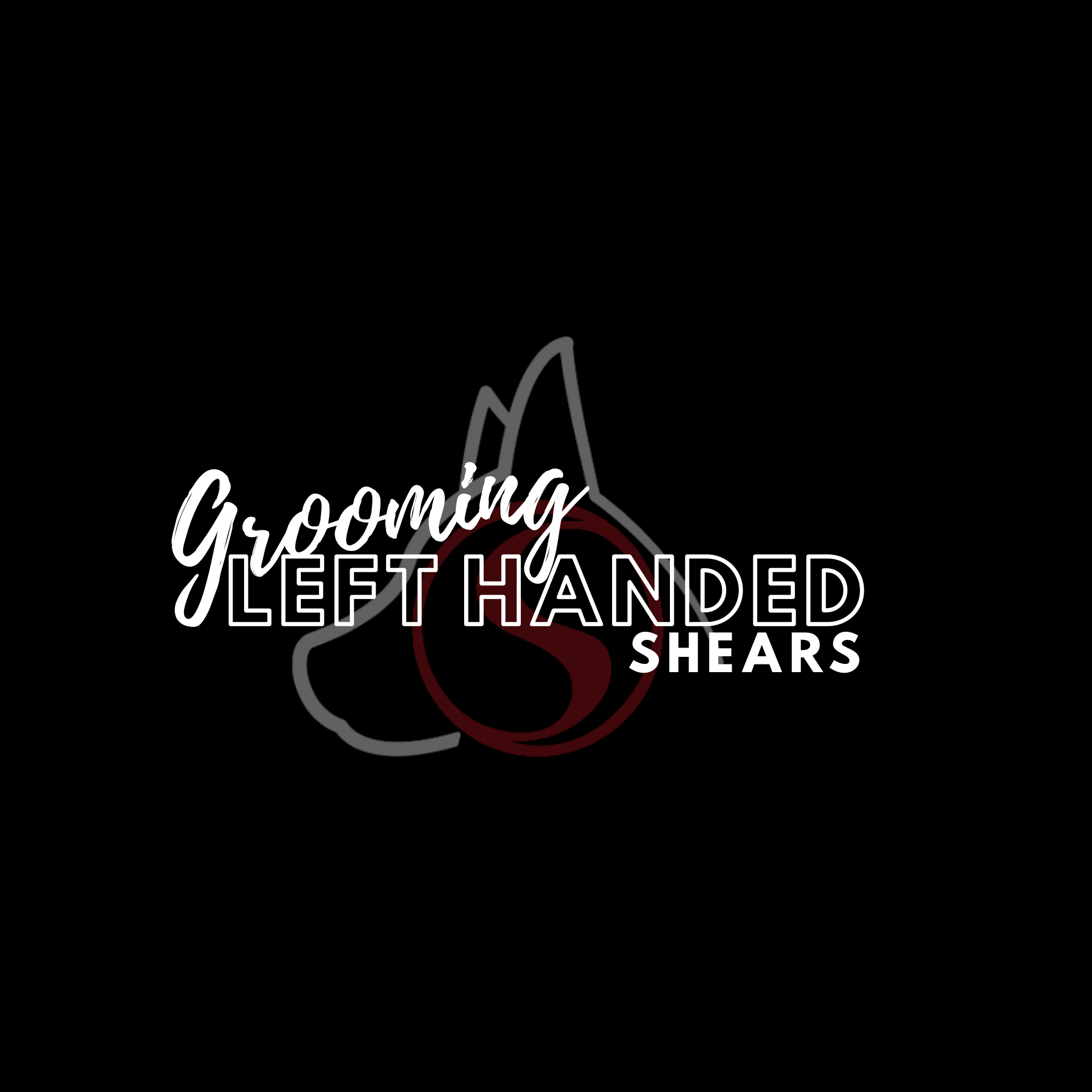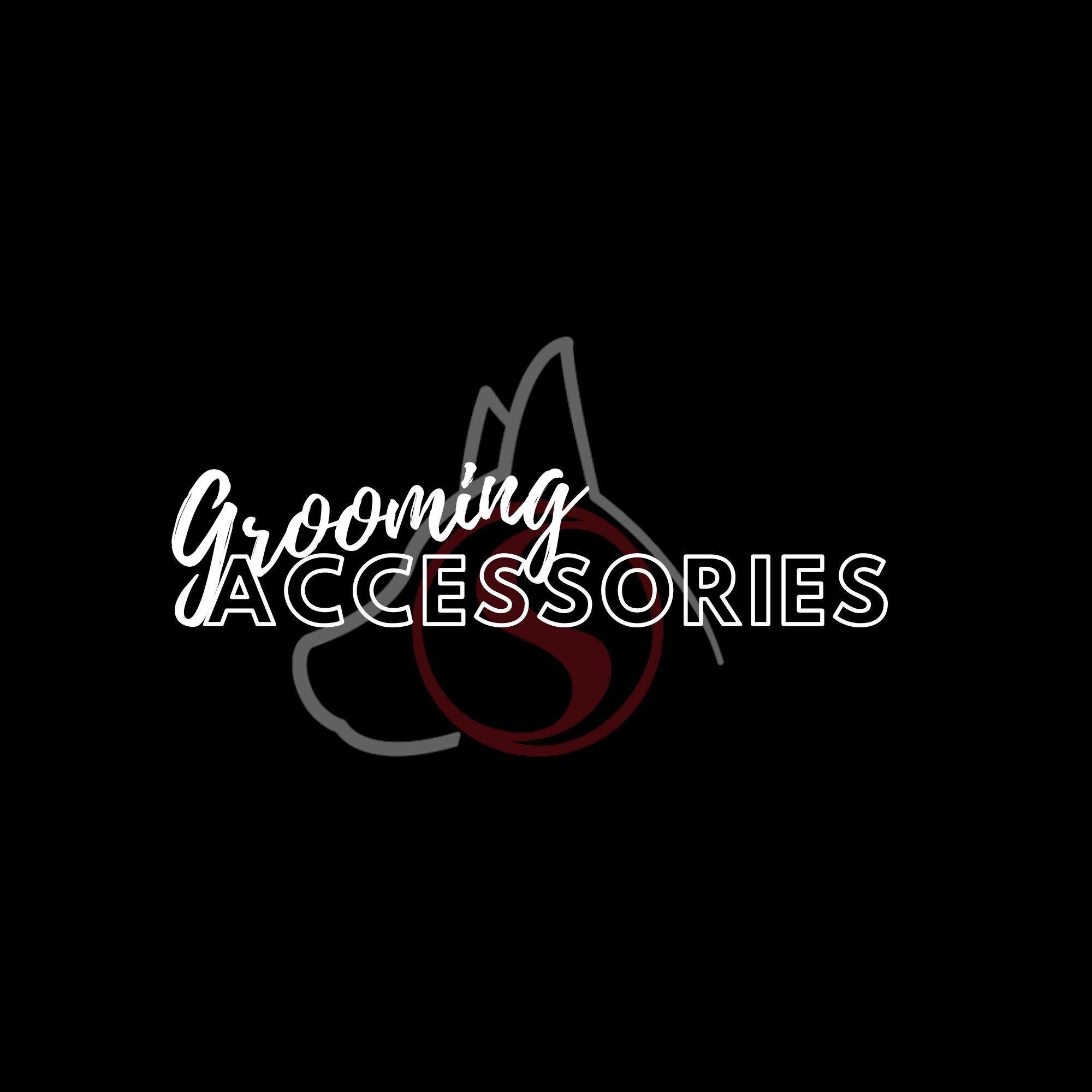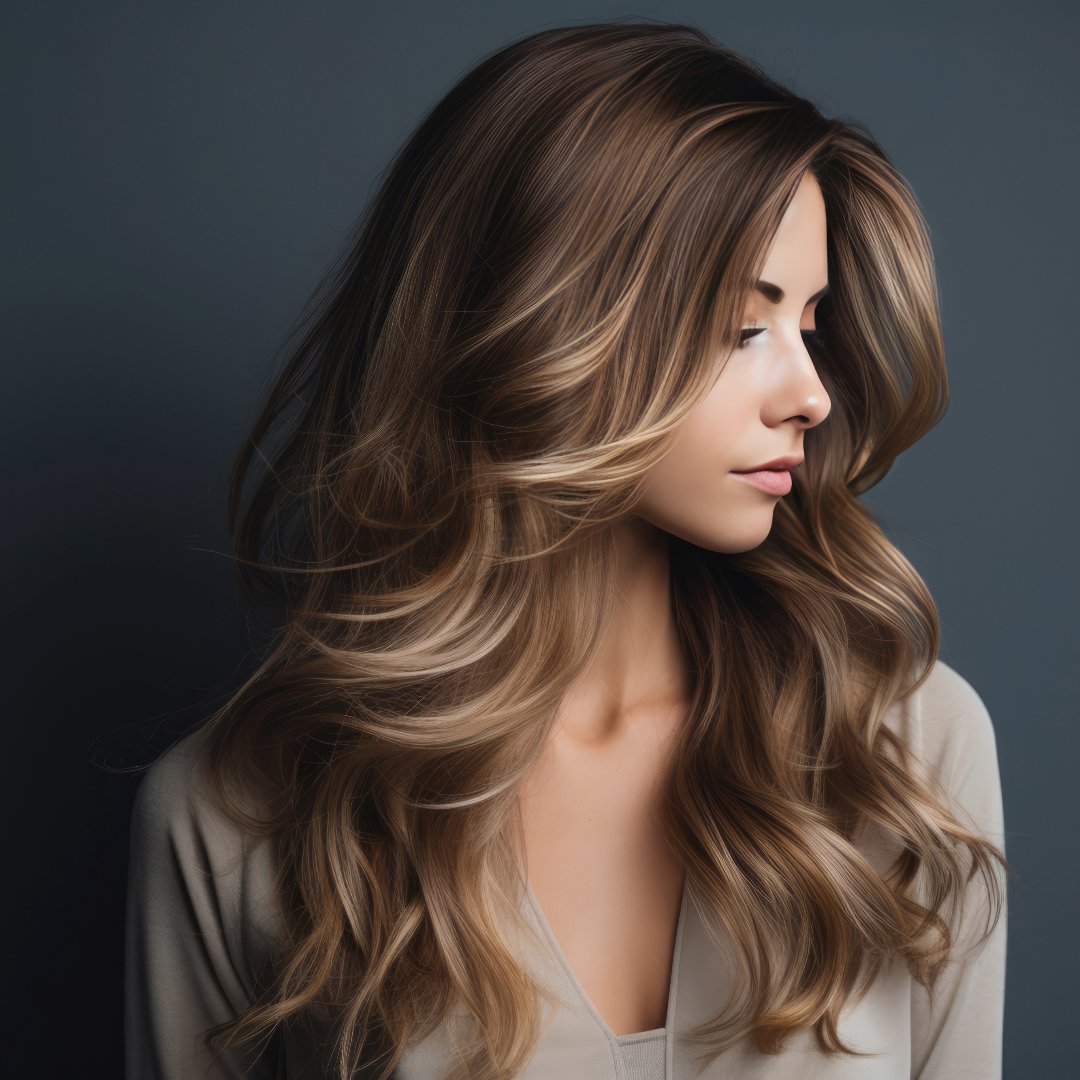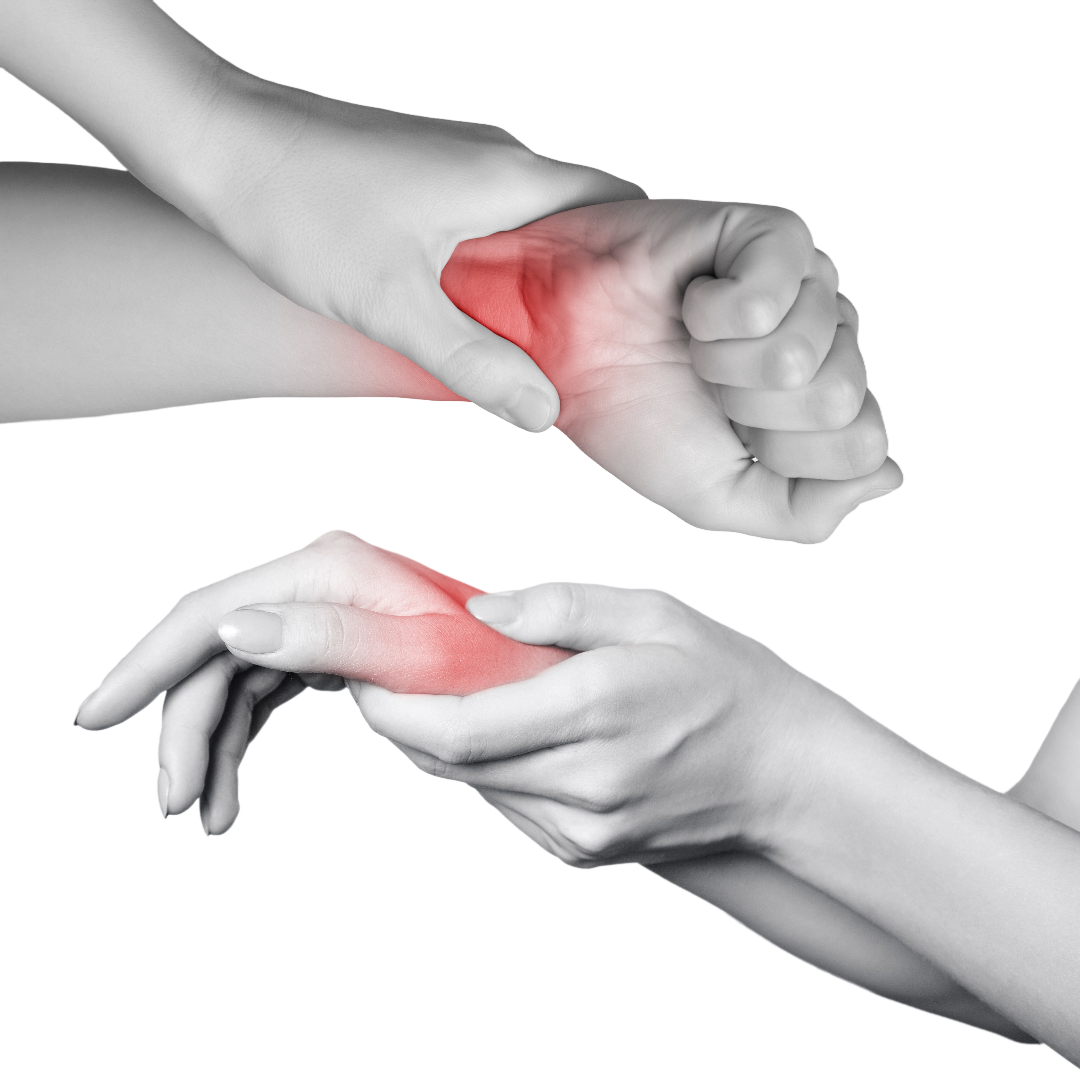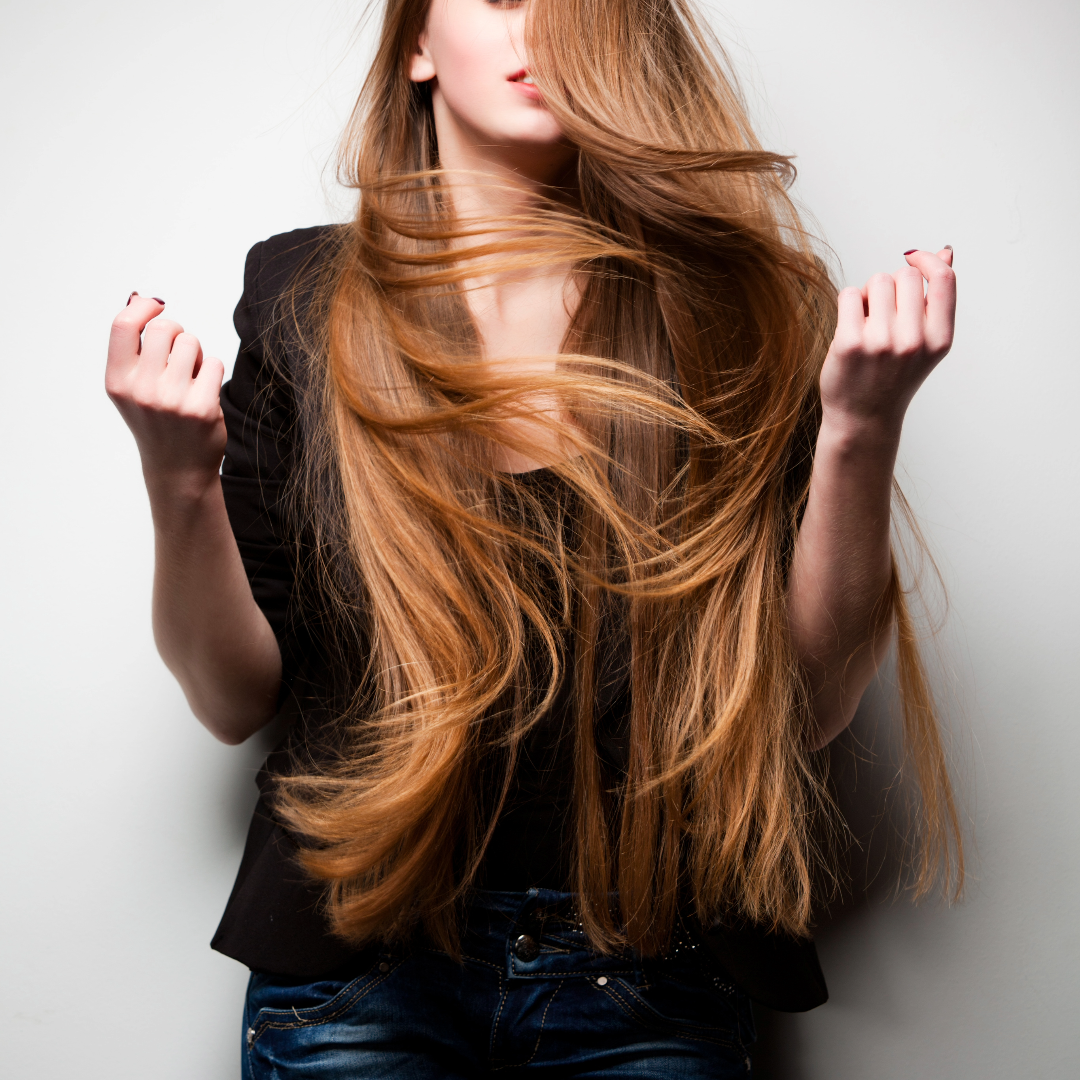How to use Texture Shears to help your thinning clients
Today we are writing to tell you about a technique that uses texture shears to make your clients with low hair density look fuller. This is especially important for women with fine hair who still want a nicely layered cut but doesn’t leave the perimeter feeling sparse or for men in the early stages of hair loss on the top of their head.
The technique is fairly straight forward. We recommend either our 10 or 14 tooth texture shears from either the GSC or Swivl tool kit. For layers, you’re going to start your cut with a normal cutting shear and cut your perimeter just as you would normally. If you have a client that is protective about their hair length, we recommend using your mirror to show them where on the hair you are going to set the perimeter. Also, somebody who frequently hasn’t always had the best haircut might need to lose a little bit extra length to get to the point where the outside of the haircut begins to look full again. At this point, you’re going to use your 10 or 14 tooth texture shear to do the rest of the cut instead of your cutting shear. However, you’re still going to cut every section the same way you would with your normal cutting shears to form the different layers in the hair.
For people with really low density, the 14 tooth will create a more gentle layer allowing more hair to still make it to the perimeter of the cut. For clients with moderate density, hair use either the 10 or perform two cuts with the 14 to still give the look of layers in the hair while keeping the perimeter of their haircut feeling strong. The purpose of doing this is to still give the visual look and feel of layers while leaving a lot more of the hair long enough to make it all the way to the perimeter of the cut. This makes your client look like she has much more hair then traditional layers would. It’s important to use a texture shear instead of a traditional thinning shear as these will create a more blended haircut and instead of giving the look of a layered haircut it tends to look more like a thinned out one-length cut.
For men’s cuts, this is similar but it does play more to where men tend to lose their hair. Like with layers you’re going to start by creating the shape of the haircut by doing the sides with a clipper or scissor over comb. For connected cuts continue to use your normal cutting as you would do and the sections you create with the shears use them to keep a really defined masculine shape. As with the layered haircut, our goal is to use the 10 or 14 tooth texture shear to allow us to create the haircut we would normally do but leave more of their hair on their head to make the overall look seem much fuller and healthier. For directional men’s cuts such as comb-overs, you should cut the perimeter with you regular shear and any interior cutting with the PointCut™ texture shear so you can establish a layer that will still allow some of the hair to travel to the perimeter.





